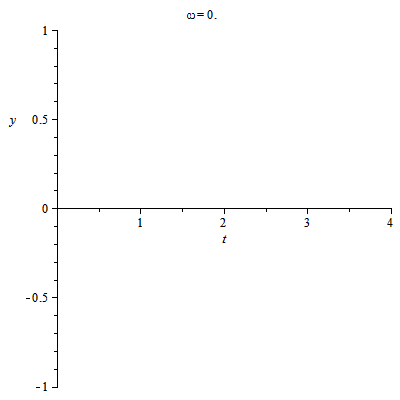In a room, sound characteristics can be influenced by several factors such as the resonance of the space, the variation in sound absorption coefficients of materials across different frequencies, and the uneven frequency response of speaker systems. As a result, certain frequencies may become too loud while others are underrepresented. To address this, it's essential to adjust the room’s frequency response for a more balanced acoustic experience.
There are two primary methods to achieve balance: one is subjective, relying on human hearing, which requires extensive experience, familiarity with audio sources, and is influenced by factors like listening level and listener age. The other method is objective, involving measurements using pink noise and an audio spectrum analyzer, which provides a more accurate and consistent approach to tuning.

**Equalizer Adjustment Method:**
- **Subwoofer (20Hz - 40Hz):** This range is responsible for deep bass effects like thunder, bass drums, and organs. A well-balanced subwoofer adds power without causing muddiness. Too much can make the music feel chaotic.
- **Bass (40Hz - 150Hz):** This is the foundation of the sound, contributing up to 70% of the total energy. Properly adjusted, it gives a full and soft sound. Too little makes the sound thin, while too much can lead to a dull and nasal tone.
- **Mid-Bass (150Hz - 500Hz):** This area supports vocal clarity and instrument structure. If underrepresented, voices may get lost in the mix. When properly boosted, it enhances power and presence, but overdoing it can cause harshness, especially around 300Hz.
- **Midrange (500Hz - 2KHz):** This is where most instruments' low harmonics and overtones reside. It contributes to clarity and brightness. Too much can create a "phone-like" sound, while too little results in a muddy or unclear mix.
- **Middle-High (2KHz - 5KHz):** This range includes the characteristic sounds of string instruments and percussion. Balanced, it offers clarity and definition. Overemphasizing this can mask speech and reduce intelligibility.
- **Treble (7KHz - 8KHz):** This affects the layering and detail of the sound. Excessive treble can make high-pitched instruments like flutes or piccolos stand out too much, creating a harsh or "hairy" sound.
- **Extremely High (8KHz - 10KHz):** This range brings out the metallic clarity of cymbals and chimes. Too much can sound unnatural and risk damaging tweeters.

**Ideal Balanced Sound Characteristics:**
- Below 150Hz (Bass) should be full, soft, and flexible.
- 150Hz–500Hz (Mid-Bass) should be rich and powerful without being muddy.
- 500Hz–5KHz (Mid-High) should be bright but not harsh.
- Above 5KHz (Treble) should be smooth and clear, not sharp.
When the frequency response is flat, the sound feels natural, full, and easy to listen to. However, if there are multiple peaks and valleys, the sound becomes rough, harsh, and prone to feedback whistling.
**Acoustic Frequency Characteristics:**
- 30–60Hz: Dull. Hard to perceive unless very loud.
- 60–100Hz: Heavy. At 80Hz, it creates a strong "weighty" feeling that can be stimulating but uncomfortable.
- 100–200Hz: Full. Around 200–500Hz, it can cause a "muddy" effect.
- 500–1KHz: Bright. Boosting near 800Hz can make the sound narrow and noisy.
- 1K–2KHz: Clear. 2800Hz is the brightest point.
- 2K–4KHz: Sharp. 6800Hz can produce a piercing, sharp sensation.
- 4K–8KHz: Crisp. 3400Hz can cause listening fatigue.
- 8K–16KHz: Thin. Above 7.5KHz, the sound becomes clear and refined.
Modern equalizers now use digital filters to create digital equalizers. These can function as graphical EQs, parametric EQs, or a combination of both. They offer excellent performance, user-friendly operation, and can store up to 99 different frequency curves for various programs, making them highly versatile for different audio environments.
Origin: China
Interface Type:USB 2.0
Product Name: L-32
Material: Aluminum
Warranty: 12 months
Interface: Usb 2.0*32
Gross weight: 4.5 kg
Dimension: 270*130*76 mm
Input voltage: 220V (110V can be customized)
Data Interface: 1
Charging Mode: Compatible Mode + BC1.2 Fast Charging
Interface Type:USB 2.0
Product Name: L-32
Material: Aluminum
Warranty: 12 months
Interface: Usb 2.0*32
Gross weight: 4.5 kg
Dimension: 270*130*76 mm
Input voltage: 220V (110V can be customized)
Data Interface: 1
Charging Mode: Compatible Mode + BC1.2 Fast Charging
32-Port USB2.0 Hub,40 port usb2.0 hub,multi-port usb2.0 fast transfer data hub
shenzhen ns-idae technology co.,ltd , https://www.best-charger.com